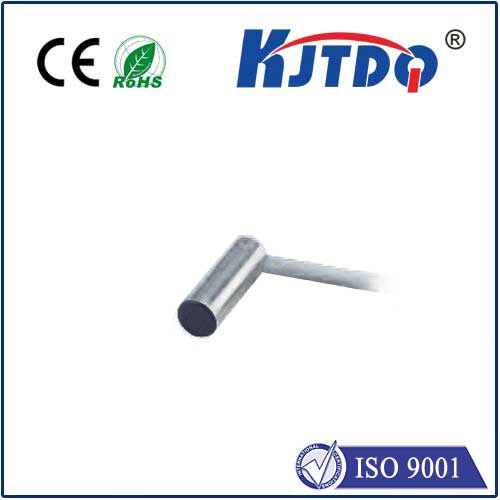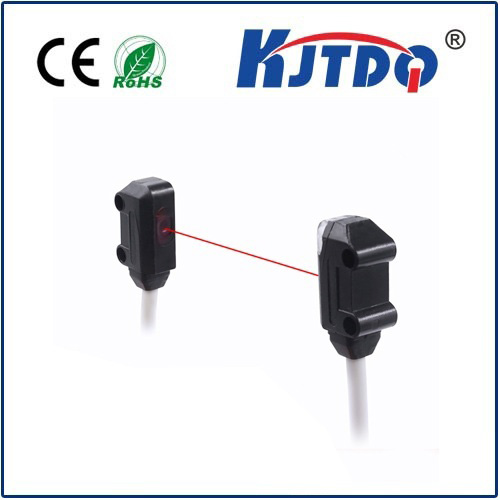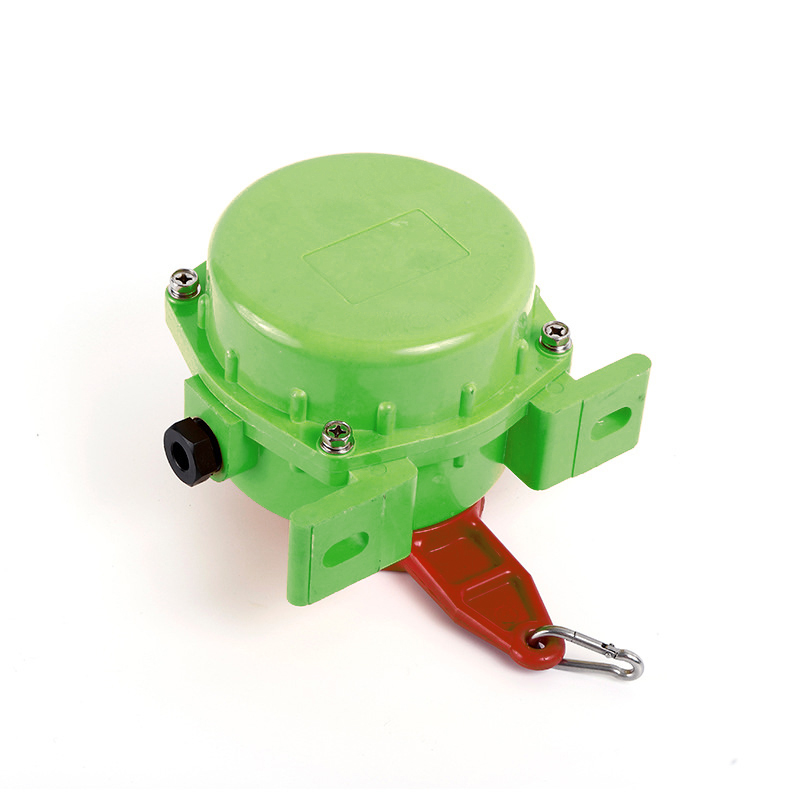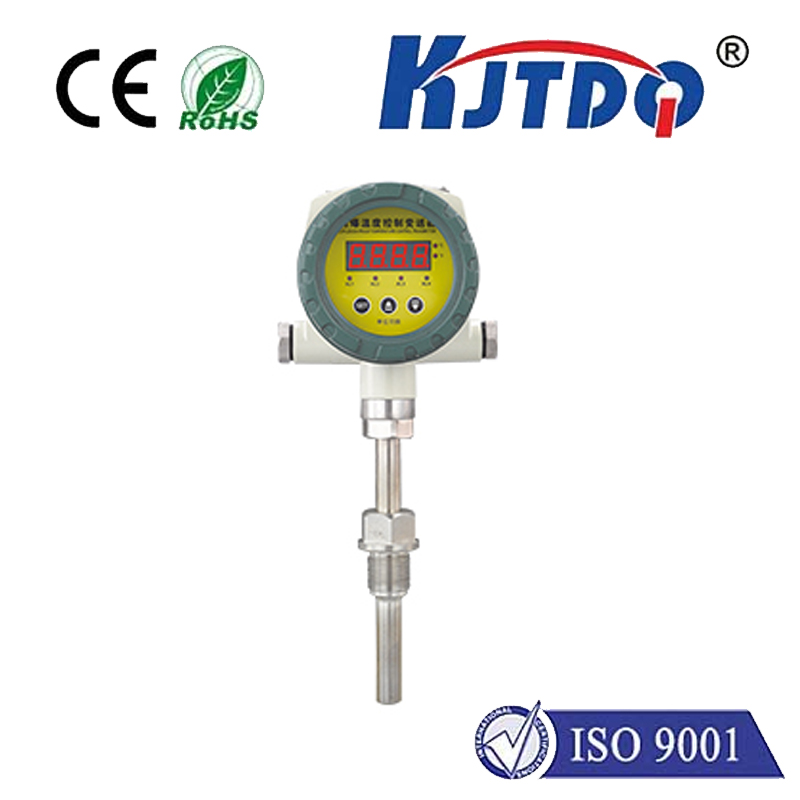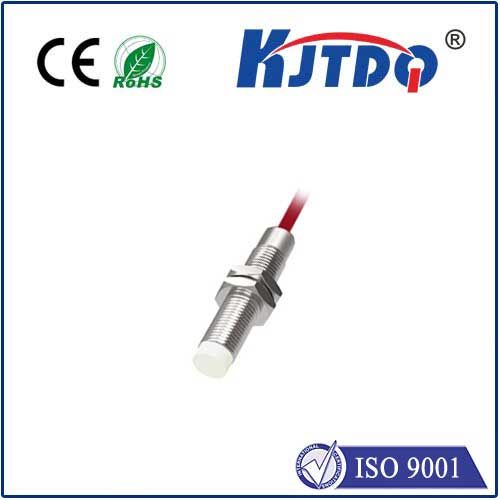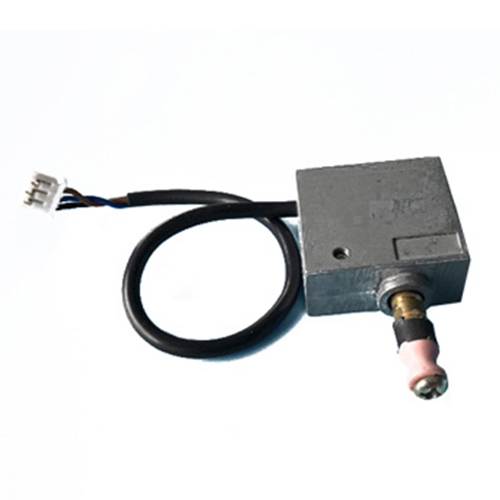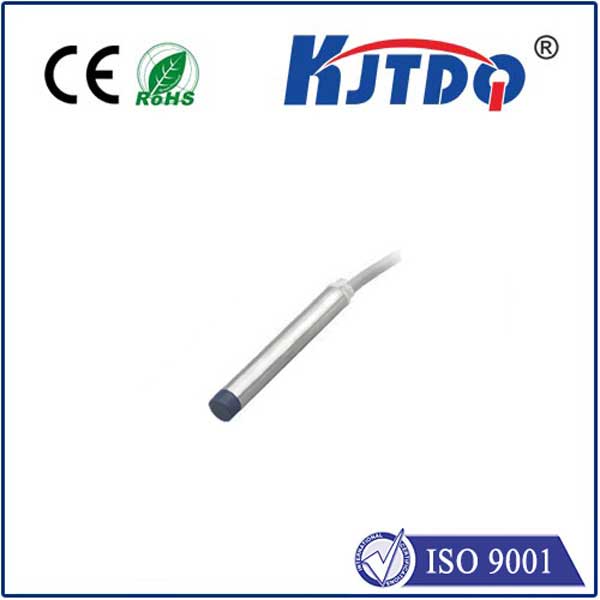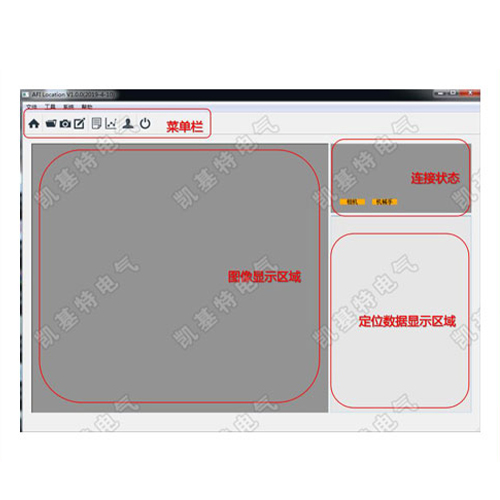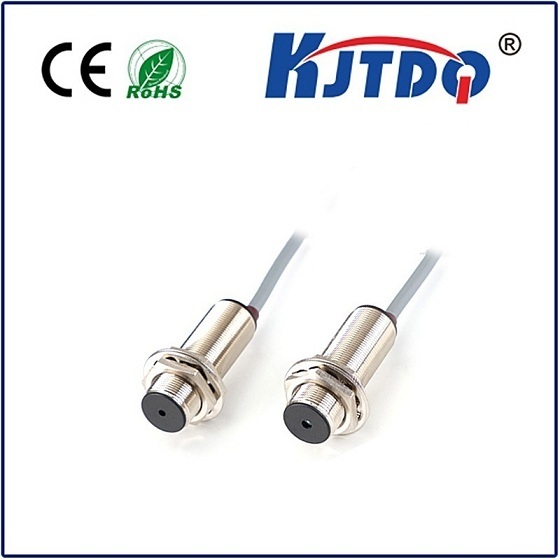Ever wondered how your smartphone screen magically rotates when you tilt it? How does your fitness tracker know the precise number of steps you’ve taken? Or how does a car deploy airbags in a fraction of a second during a crash? The silent, almost invisible hero behind these feats is a remarkable piece of technology: the acceleration sensor, or accelerometer.
What Exactly is an Acceleration Sensor?
At its core, an acceleration sensor is a device designed to measure proper acceleration – that is, the acceleration it experiences relative to freefall. Unlike speed (which tells us how fast something is moving), acceleration tells us how that speed is changing over time. It detects changes in velocity along one, two, or three axes (X, Y, Z), providing crucial data about movement, Вибрация, tilt, orientation, and impact forces.
The Physics Behind the Sensing: More Than Just Movement
Understanding acceleration is rooted in Newton’s Second Law: Force equals mass times acceleration (F = m*a). Most modern accelerometers exploit this principle by measuring the inertial force exerted on a known mass within the sensor when it undergoes acceleration.
Imagine a tiny suspended mass (proof mass) inside the sensor. When the sensor accelerates, this mass wants to stay put due to inertia. This relative movement between the proof mass and the sensor housing is what the device detects and converts into an electrical signal proportional to the applied acceleration. This fundamental principle allows accelerometers to sense motion regardless of gravity, making them invaluable in dynamic environments.

Diverse Technologies: How Accelerometers Work
Several physical principles translate that tiny mass movement into measurable data. The dominant technologies include:
MEMS (Micro-Electro-Mechanical Systems): Undoubtedly the most common type today, especially in consumer electronics. MEMS accelerometers are microscopic silicon structures fabricated using semiconductor processes. The proof mass is etched from silicon, and its deflection is typically measured capacitively. Changes in the capacitance between fixed plates and plates attached to the moving mass provide the acceleration measurement. Their small size, low cost, low power, and integration ease make MEMS accelerometers ubiquitous.
Piezoelectric: These sensors utilize materials (like quartz or certain ceramics) that generate an electrical charge when subjected to mechanical stress. Acceleration causes a seismic mass to exert force on the piezoelectric crystal, producing a charge proportional to the acceleration. They excel in measuring high-frequency vibration and impact shocks but are generally less sensitive at very low frequencies (like static gravity). Common in industrial monitoring and automotive crash sensors.
Piezoresistive: Similar to piezoelectric, but here the mechanical stress caused by acceleration changes the electrical resistance of a material (often silicon), which is then measured via a Wheatstone bridge circuit. They are robust and used in applications like датчик наклона, automotive systems, and some industrial vibration monitoring.
Capacitive (Non-MEMS Variations): While MEMS accelerometers use capacitive sensing, larger-scale capacitive accelerometers exist, often using different manufacturing techniques. They offer high sensitivity and stability but are less common in mass-market applications compared to MEMS.
Where You’ll Find Acceleration Sensors Today (It’s Everywhere!)
The applications for accelerometers are astonishingly diverse and constantly expanding:
Key Parameters: Choosing the Right Accelerometer
Selecting an accelerometer depends heavily on the application’s specific demands. Critical specifications include:
g-force): The maximum acceleration the sensor can measure (e.g., ±2g for phones, ±200g for airbags). Exceeding the range can damage the sensor or cause inaccurate readings.Challenges and the Road Ahead: Making Sense of Motion
While accelerometers are incredibly powerful, they aren’t perfect. Integrating acceleration to get velocity or position (dead reckoning) is prone to significant drift over time due to noise and integration errors. This is why they are often combined with gyroscopes (measuring angular velocity) and magnetometers (measuring orientation relative to Earth’s magnetic field) in Inertial Measurement Units (IMUs) for more robust motion sensing and orientation tracking, commonly seen in drones, VR headsets, and advanced robotics.
Research continues to push the boundaries: developing MEMS accelerometers with lower noise, higher bandwidth, and improved bias stability; exploring novel materials and transduction mechanisms; and improving sensor fusion algorithms to extract ever more accurate motion intelligence from these tiny devices. As the demand for smarter, more responsive, and context-aware technology grows, the humble acceleration sensor remains a fundamental building block, silently but powerfully shaping our interaction with the physical world.
